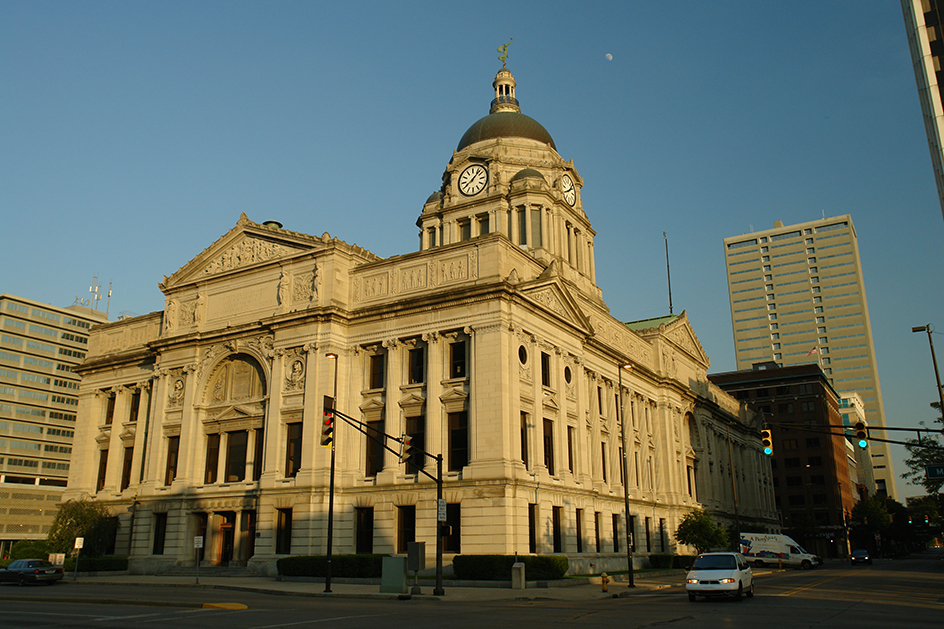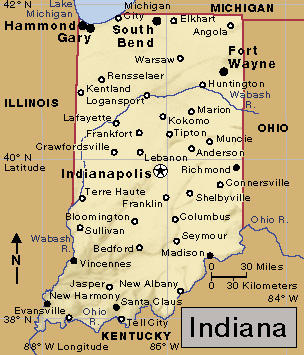Fort Wayne (pop. 263,886; met. area pop. 447,781) is a commercial and industrial center in northeastern Indiana. It is the second largest city in the state. Only Indianapolis has more people. Fort Wayne lies about 130 miles (209 kilometers) northeast of Indianapolis.

Fort Wayne, the county seat of Allen County, covers 111 square miles (287 square kilometers). The St. Marys and St. Joseph rivers join within the city to form the Maumee River.

Cultural attractions in Fort Wayne include the Fort Wayne Philharmonic. The Arts United Center is the home of the Fort Wayne Ballet, the Civic Theatre, the Fort Wayne Youtheatre, and other fine-arts groups. Museums include the History Center of the Allen County-Fort Wayne Historical Society and the Fort Wayne Museum of Art.
Campuses of both Indiana University and Purdue University are in Fort Wayne. Other institutions of higher education include the Indiana Institute of Technology and the University of St. Francis. Fort Wayne’s biggest tourist attraction, the Three Rivers Festival, is held in July. The festival includes a parade, historical displays, and other events.
The area has hundreds of manufacturing plants. The chief products include electronic parts and equipment, machinery, trucks, and transportation equipment. Major airlines and freight trains serve the city.
The Miami Indians settled in what is now the Fort Wayne area before white settlers arrived. A United States Army officer, Major General “Mad Anthony” Wayne, built a fort there in 1794. The fort and the town that grew up around it were named in his honor. Fort Wayne was incorporated as a city in 1840.
Fort Wayne was a fur-trading center until the 1830’s. In 1832, construction began at Fort Wayne on the Wabash and Erie Canal, which linked Lake Erie with the Wabash River. Fort Wayne was nicknamed The Summit City because it stands on the highest point between the waterways leading to the Atlantic Ocean and those leading to the Gulf of Mexico. The city’s population grew as Irish and German immigrants came to work on the canal and in related industries. A railroad built through the city in 1854 helped attract industry. By 1900, the population had grown to over 45,000.
In the 1990’s, new developments in the downtown area included Headwaters Park, a public park and festival center, and Courthouse Green, a plaza east of the Allen County Courthouse that provides a pedestrian link to the downtown commercial buildings. Annexations in the early 2000’s contributed to population growth. Fort Wayne has a mayor-council form of government.
